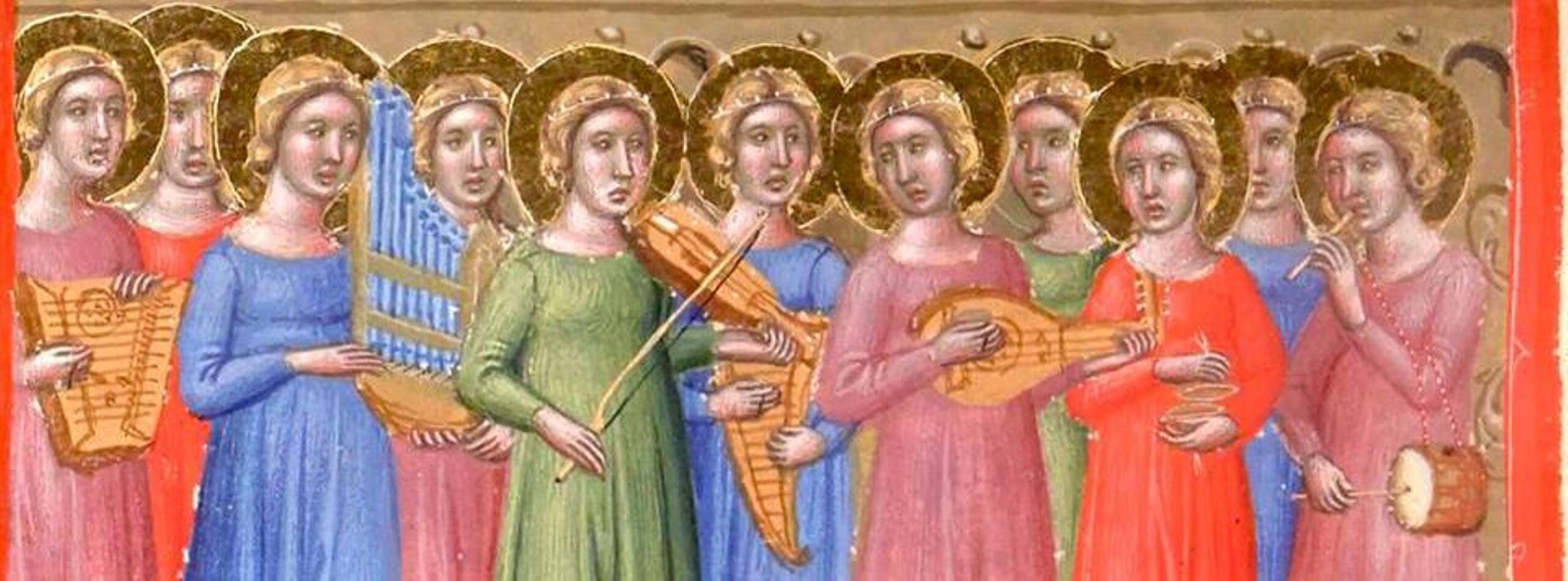
This is the seventh in a series of eight articles about the musical carvings in Beverley Minster, a church in the East Riding of Yorkshire. There are 71 14th century carvings of musicians, more than in any other medieval site, as well as more Tudor misericords than in any other church, some of them musical, and a neo-Gothic organ screen with medieval instruments.
Having given the story of the Minster’s foundation, flourishing, iconoclasm and repair in the first article; examined the medieval minstrels of the arcades in the second article; of the walls in the third; and of the tombs, altar screen, chapel and south transept in the fourth; the fifth article asks why there is such an abundance of medieval minstrelsy in the Minster, finding the answer in the “Order of the Ancient Company or Fraternity of Minstralls”, which had its headquarters in Beverley. The sixth article completes the description of 14th century iconography with the allegorical carvings.
This seventh article moves from the medieval period to the renaissance and describes musical aspects of the 16th century misericords – animal and human musicians, fools and morris dancers, playing bagpipes, harp, fiddle, hunting horns, and pipe and tabor – and the neo-Gothic imitations of medieval instruments on the 19th–20th century organ screen, with lyre, timbrel, harps, portative organs, symphonie, cornetts, gittern or koboz, and lute.
The final article puzzles over the paucity of publications about the magnificent medieval minstrels, and the Minster’s declared lack of interest in accurate information about their uniquely important iconography.





